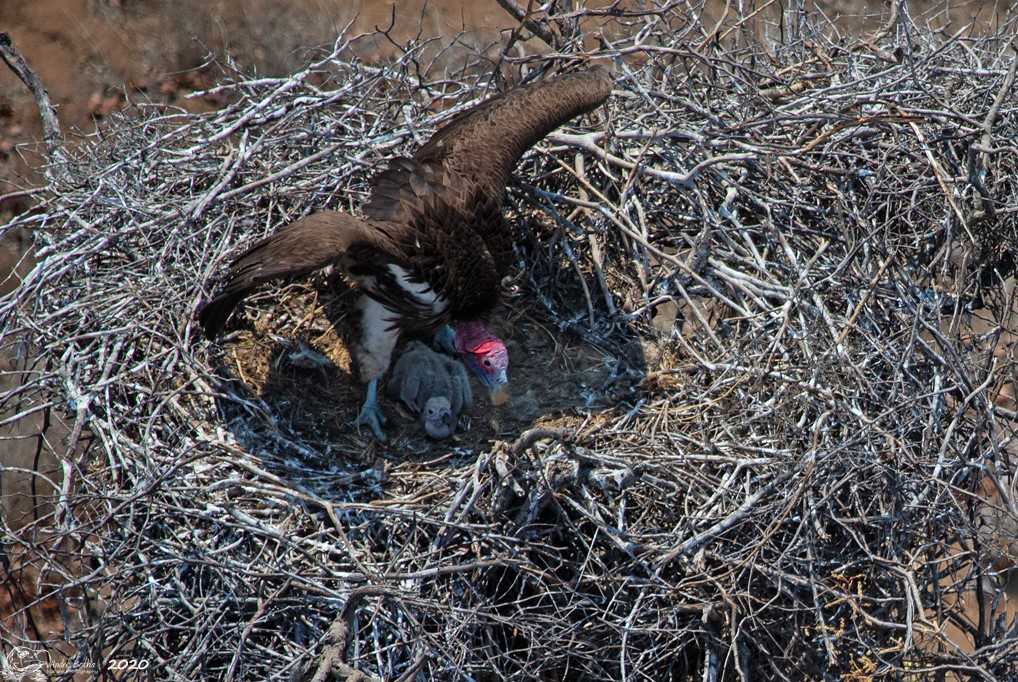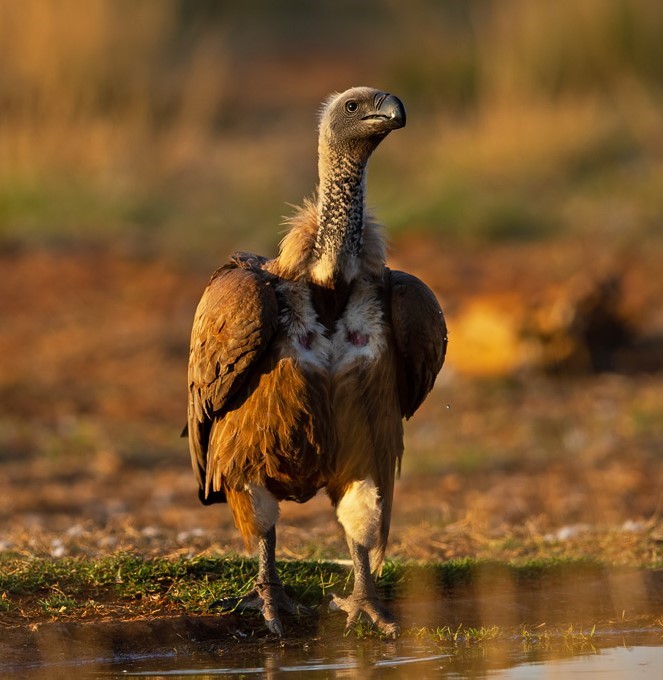
The past year has been tumultuous for many. Despite the challenges we’ve faced at the Trust, we’re pleased to report that we have been able to continue some of our important conservation and research work. We’ve caught up with our Head of Conservation and Research, Dr Campbell Murn, who has been reflecting on the past year’s activities of our International Vulture Programme in southern and East Africa. He’s also shared below the latest news on our current work, including an exciting update happening right now as part of our Poison Response work!
“Some parts of our overseas work remain delayed or disrupted by the pandemic (the Hooded Vulture project, for example), but through our valuable partnerships and existing work patterns, we have made some important progress on the International Vulture Programme.
Aerial surveys were able to go ahead in Kruger National Park during autumn last year – very ably coordinated and managed by our project officer André Botha from the Endangered Wildlife Trust in South Africa. André recruited extra volunteer observers to make up the flight survey team, liaised with South Africa National Parks, and completed the survey on schedule. With the data in, results from our initial analysis showed some expected but also unexpected changes – all of which are essential for understanding what is happening to vulture populations in this key protected area of southern Africa (and the impact of our Poison Response training). The rest of the report – still in preparation for publication – will include analyses that are more detailed.

In February and March, we supported our colleague Angus Anthony’s trip to Dronfield Nature Reserve, near Kimberley in South Africa, to try and capture and mark some free-flying vultures. Having some adult vultures identifiable is important for determining where they go during the non-breeding season and how often they return to breed at the same location. Despite Angus knowing the ground very well (he was the former reserve manager), the trapping attempts were not successful – however, nearly 50 vultures tagged as nestlings were re-sighted, which is a large increase on the number of re-sightings that already exist for the Kimberley vultures. All these data help contribute to our understanding of the population dynamics of this Critically Endangered species.
Continuing on the positive theme of ongoing activities, at the time of writing, André is once again in process with Poison Response training, this time in the vast Niassa Reserve of northern Mozambique – a key area that we targeted for action some time ago. The two workshops for Niassa are supported by a grant we secured from Miami Zoo in Florida, USA. Completing this training will see a large gap in the Poison Response training network filled, and we will work with the local trainees to ensure the supply of their necessary Poison Response Kits (PRKs).
We look forward to the time when ‘normal’ IVP activities and fieldwork can resume – stay tuned for more updates!”
Dr Campbell Murn
Head of Conservation and Research
Find out more about our International Vulture Programme
